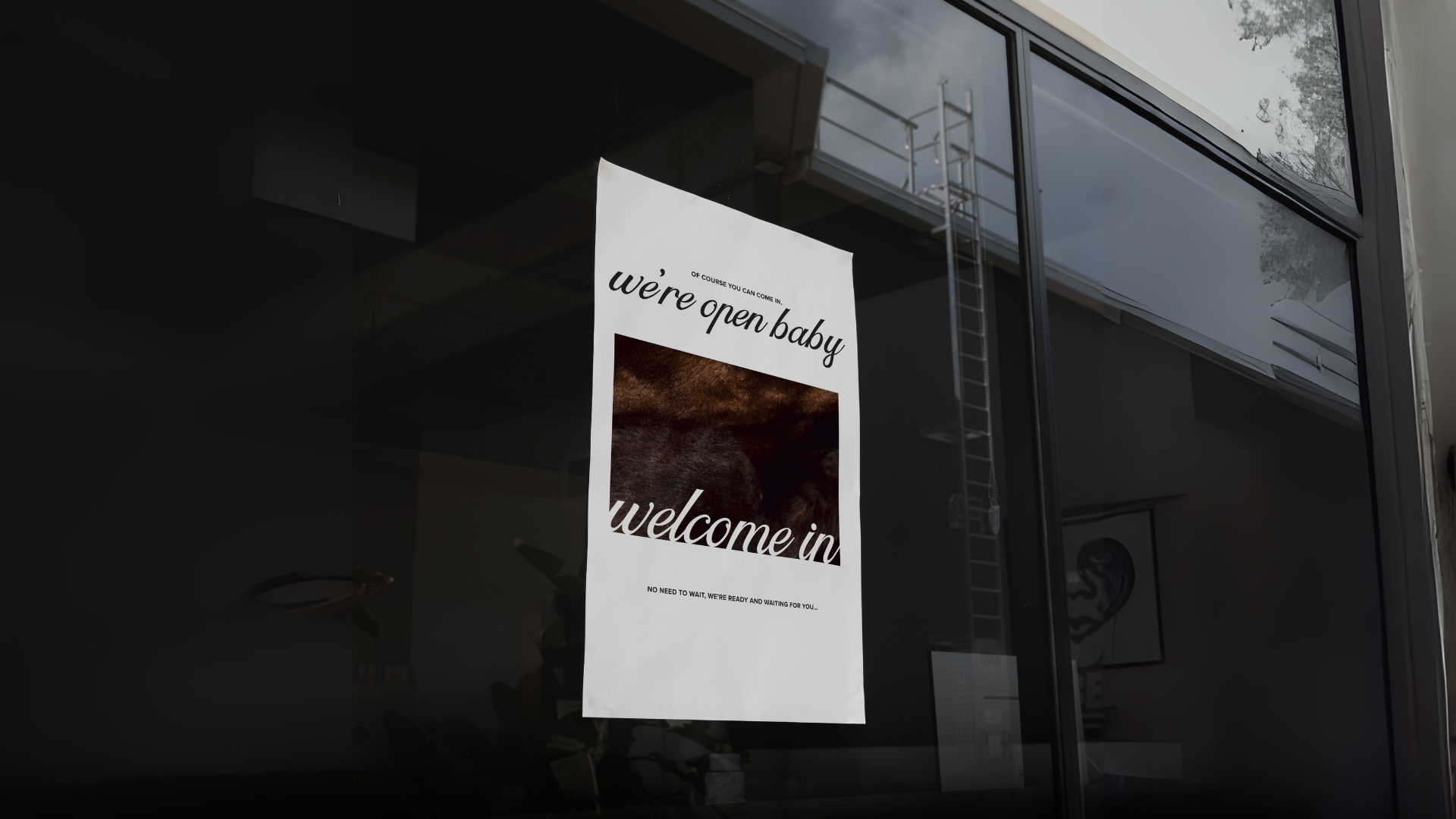While the rebrand certainly has people talking, the real question is: Will this new identity stick? Can a fast fashion giant truly embrace the timeless, sophisticated appeal of Old Money, or is this simply a marketing gimmick designed to tap into the quiet luxury trend currently dominating fashion?
At the end of the day, PLT’s rebrand might not be the evolution it claims to be, but rather a well-calculated strategy to remain relevant in a shifting fashion landscape.
Why PrettyLittleThing’s Rebrand Flopped: A Marketing Breakdown
1. No Clear "Why"
PLT’s rebrand lacked a fundamental marketing principle: a clear reason. There was no real explanation as to why this shift was happening, what the brand hoped to achieve, or how it planned to evolve. Successful rebrands are rooted in purpose—whether to address customer needs, align with industry shifts, or improve brand perception. PLT, however, simply dropped a new aesthetic and expected customers to follow along without understanding the motivation behind it.
2. Excluding the Customer from the Process
A rebrand should feel like a conversation with loyal customers, not a one-sided announcement. PLT failed to involve its audience in the transformation, missing a crucial opportunity to gain buy-in. Had they engaged customers through polls, behind-the-scenes content, or a gradual shift rather than an abrupt overhaul, the reception might have been more positive. Instead, their audience felt blindsided by a change that didn’t align with what they loved about the brand in the first place.
3. The Identity Crisis
A strong brand identity is consistent and clear. PLT’s sudden shift from fast fashion powerhouse to ‘legacy-driven’ brand felt more like an identity crisis than an evolution. One minute, they were selling influencer-approved, trend-heavy looks; the next, they were pushing an Old Money aesthetic that contradicted their core offering. This inconsistency made the rebrand feel inauthentic, leaving customers confused about what PLT actually stood for.
4. Misaligned Product and Messaging
The essence of Old Money fashion is quality—timeless silhouettes, luxurious fabrics, and impeccable craftsmanship. Yet, PLT remains a fast fashion brand producing low-cost, mass-manufactured garments. A $25 polyester dress doesn’t suddenly become ‘legacy’ just because the marketing says so. The disconnect between their messaging and product was glaring, making the rebrand feel like an empty gimmick rather than a meaningful shift.
5. Banking on a Trend Instead of Longevity
PLT’s success has always been rooted in trend-driven fashion, but the Old Money aesthetic is just that—a trend. Attempting to shift their entire brand identity in this direction was a risky move, as trends inevitably evolve. Instead of fully committing to a fleeting aesthetic, a more sustainable strategy would have been integrating timeless elements while still catering to their core audience.
The Takeaway: Authenticity and Strategy Matter
PrettyLittleThing’s rebrand flopped because it lacked authenticity, clear communication, and customer inclusion. Rebrands should feel like a natural evolution, not a forced attempt to jump on a trend. If you’re considering a brand overhaul, make sure it’s rooted in a strong ‘why,’ engages your audience, and aligns with your product and identity.
Want expert guidance on your marketing strategy? Book a studio hour with us, or shop our marketing resources—including The Ultimate Marketing Strategy Workbook, a 59-page digital guide to building your brand from scratch.


